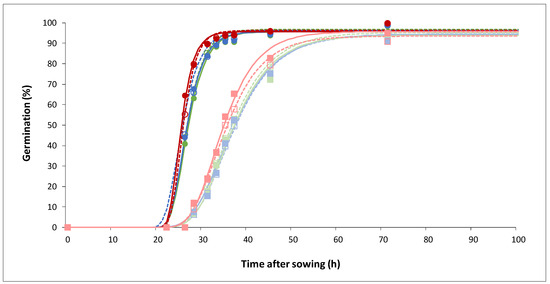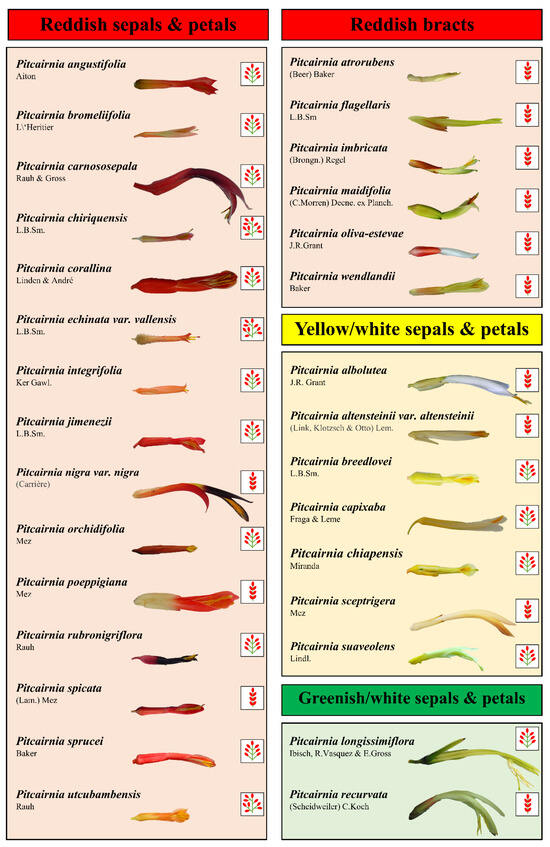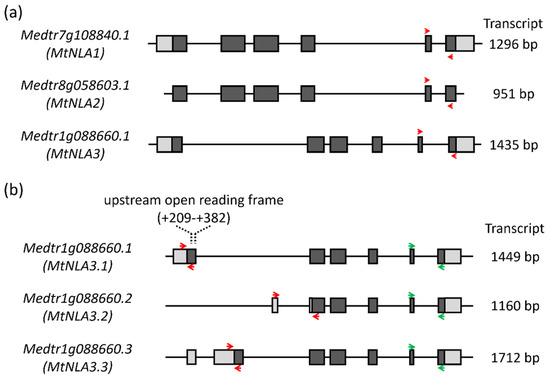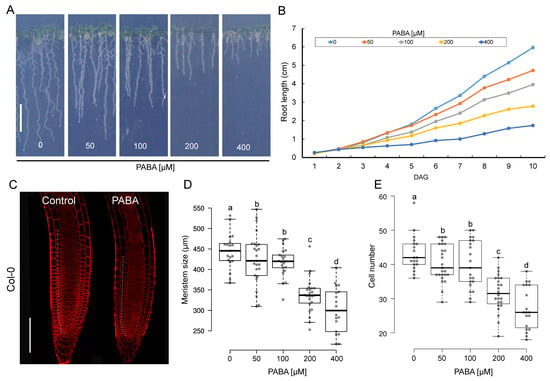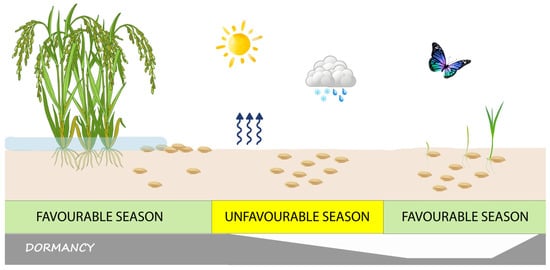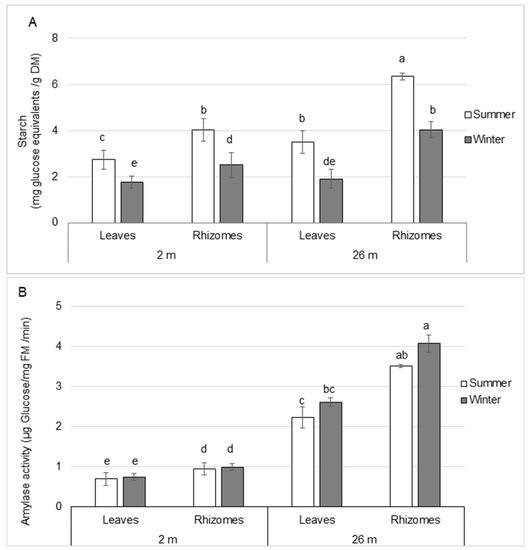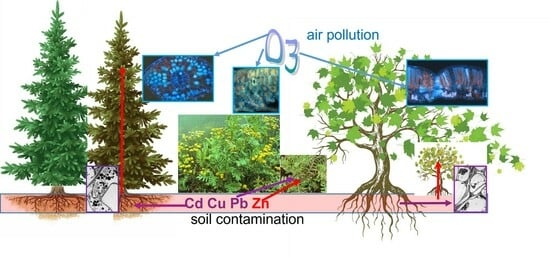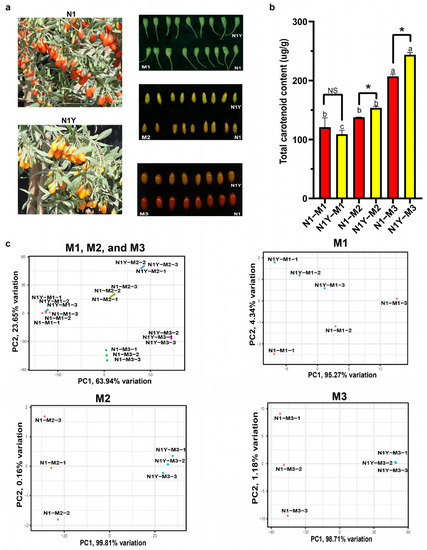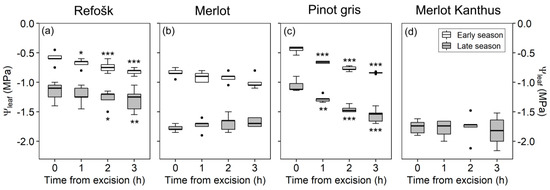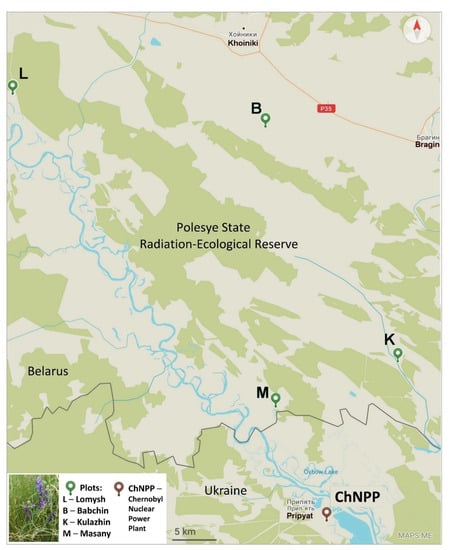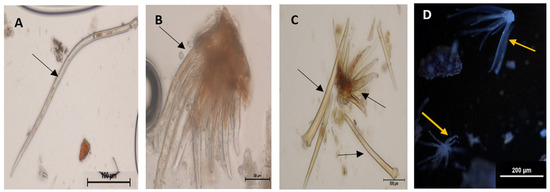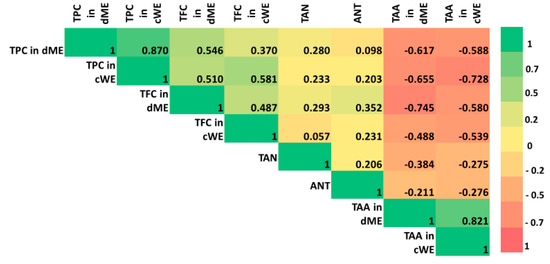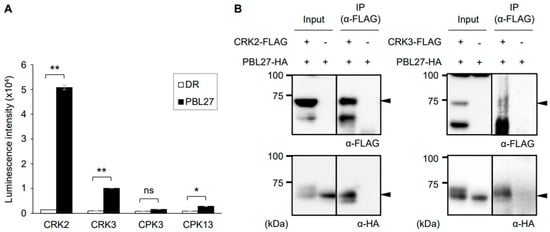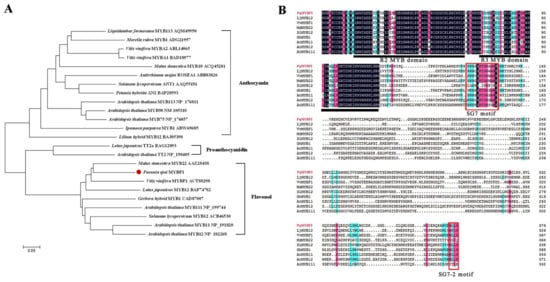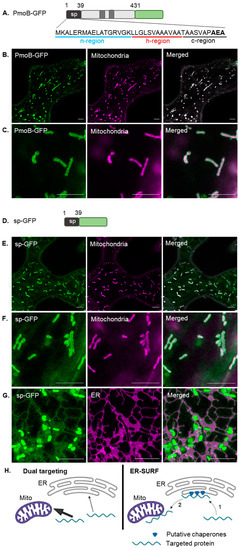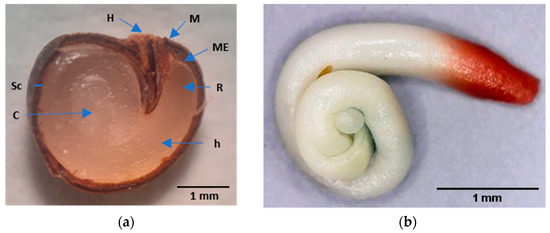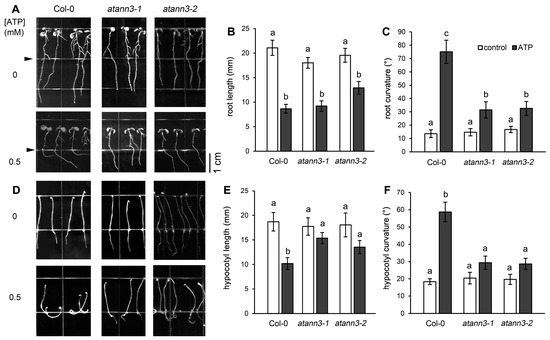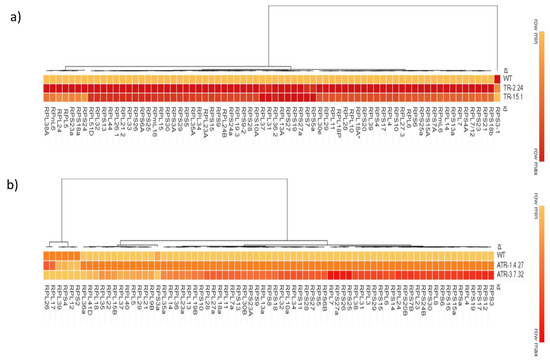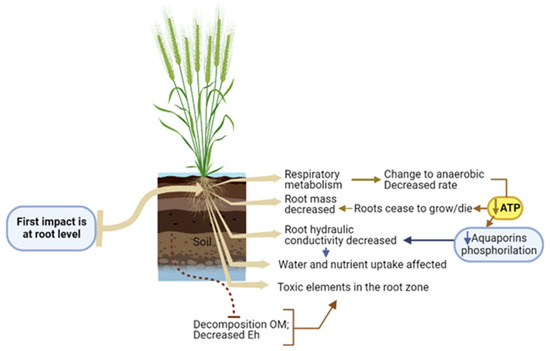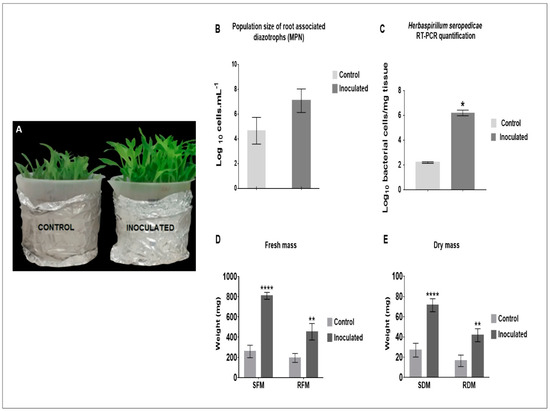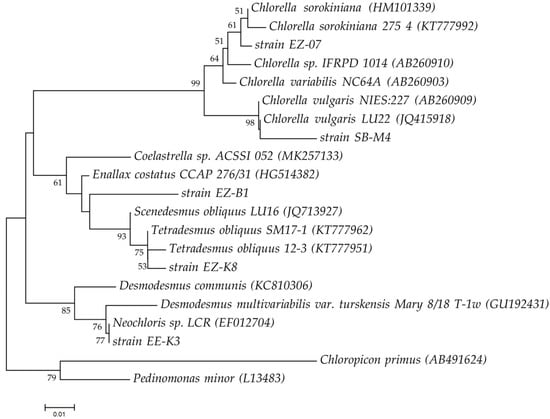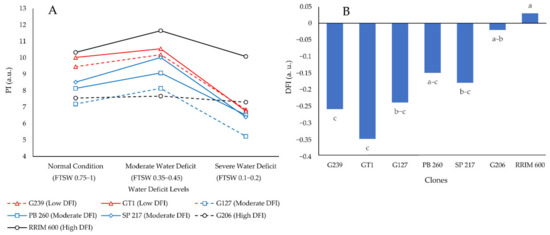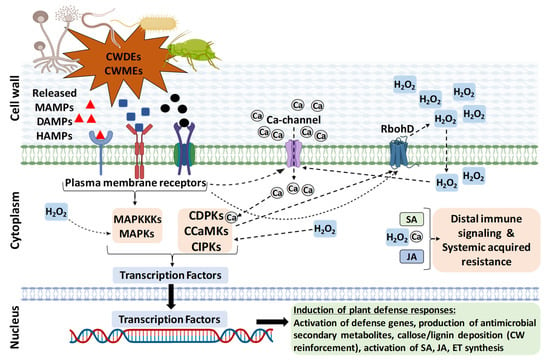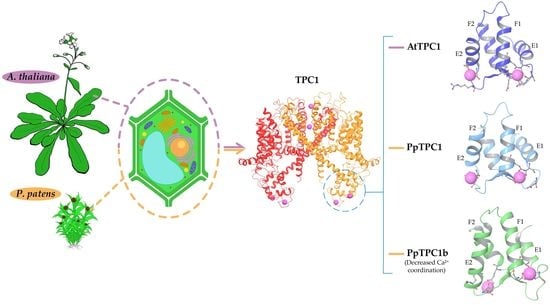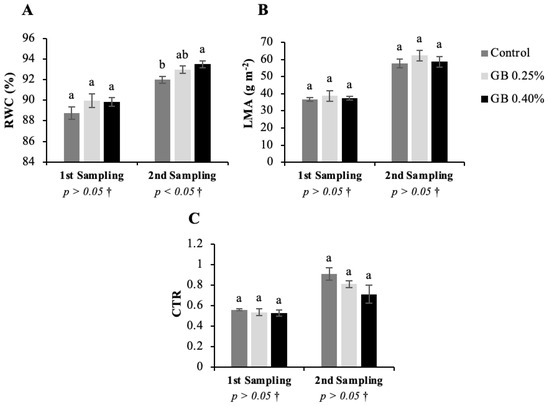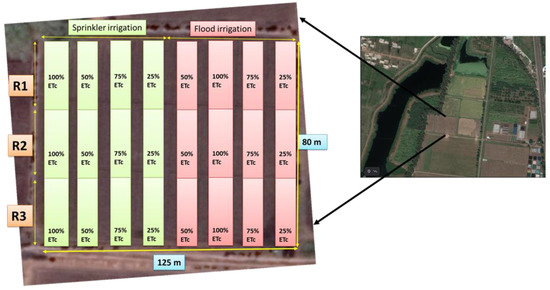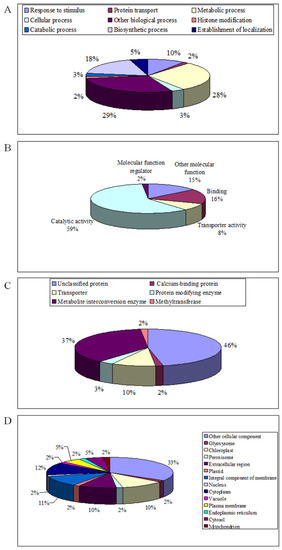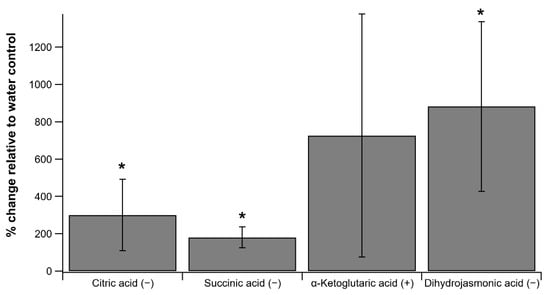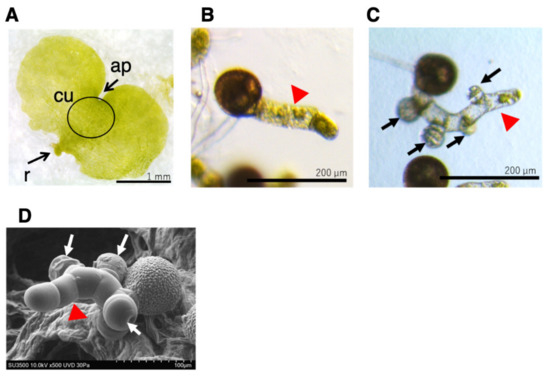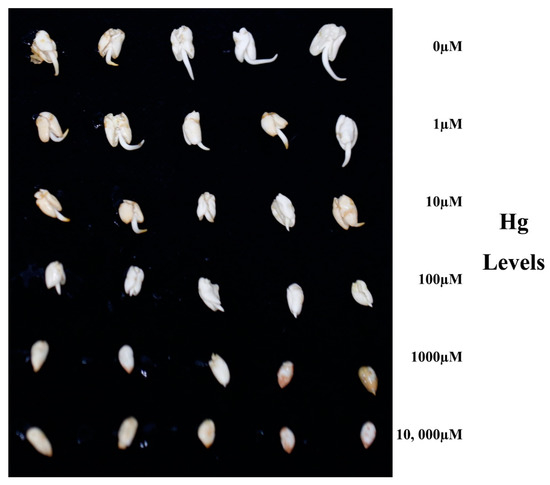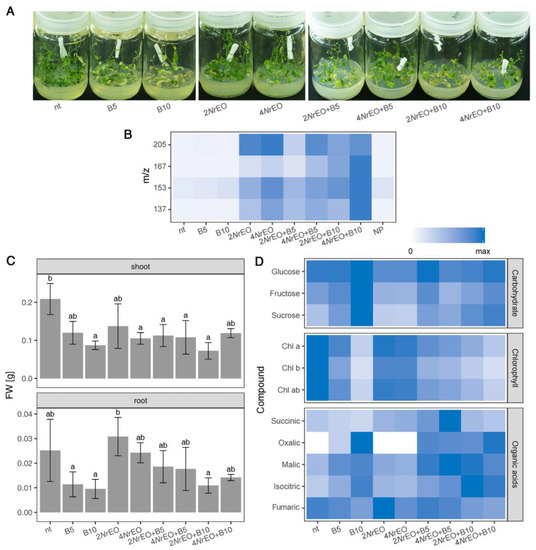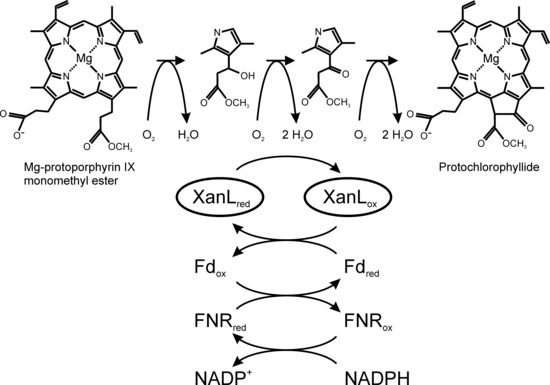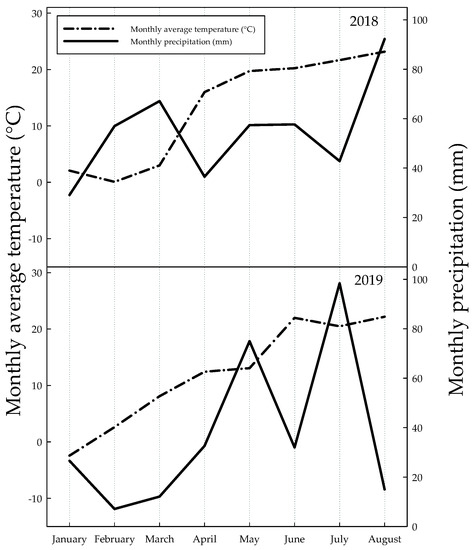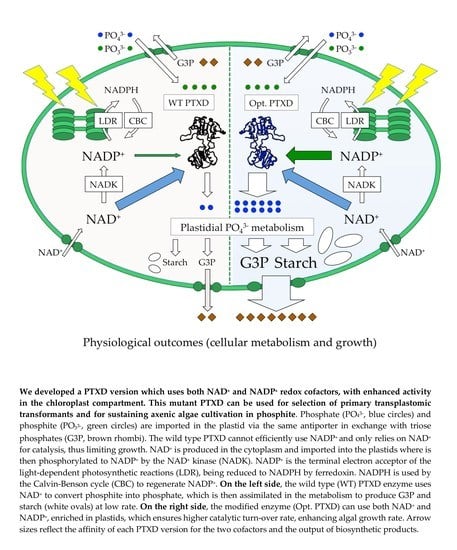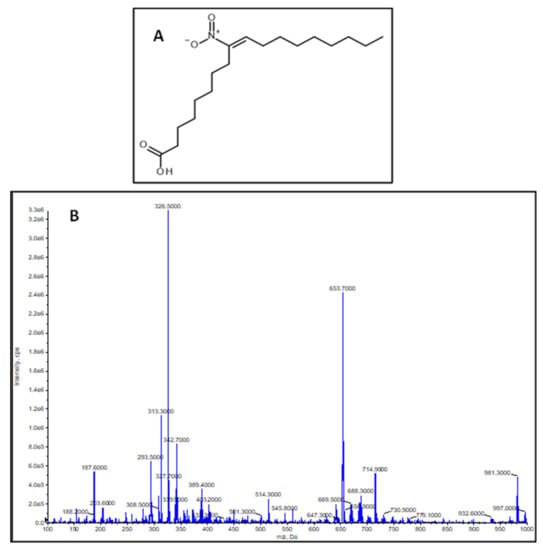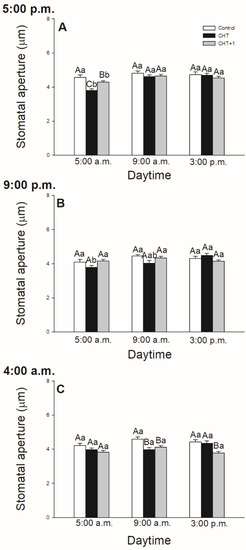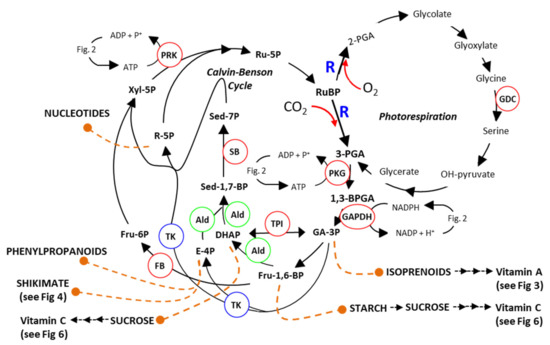Feature Papers in Plant Physiology and Metabolism
A topical collection in Plants (ISSN 2223-7747). This collection belongs to the section "Plant Physiology and Metabolism".
Viewed by 189097Editors
Interests: redox signaling; reactive oxygen species; hydrogen sulfide; hydrogen gas; nitric oxide
Special Issues, Collections and Topics in MDPI journals
Topical Collection Information
Dear Colleagues,
As described in the title, this Topical Collection, Feature Papers in Plant Physiology and Metabolism, aims to collect high-quality research articles, short communications, and review articles in all the fields of plant physiological mechanism and biochemistry.
Since the aim of this Topical Collection is to illustrate, through selected works, frontier research in Plant Physiology and Metabolism, we encourage Editorial Board Members of the Plant Physiology and Metabolism Section of Plants to contribute papers reflecting the latest progress in their research field, or to invite relevant experts and colleagues to do so.
In particular (but not exclusively), this Collection invites contributions that report on:
- Photosynthesis and respiration;
- Photoprotection and abiotic stresses;
- Structure and function of biochemical macromolecules and their organization into super complexes;
- Acclimation to abiotic stress;
- Oxidative stress;
- Nitrosative stress;
- Drought and flood stress;
- Photoreceptors and other receptors of the physical environment;
- Signal transduction of environmental factors;
- Engineering of plants and algae for enhanced photosynthetic yield and biomass accumulation;
- Engineering of plants and algae for accumulation of biofuel precursors;
- Phytohormone biosynthesis and signaling;
- Engineering for secondary metabolism.
Prof. Dr. John Hancock
Prof. Dr. Mikihisa Umehara
Guest Editors
Manuscript Submission Information
Manuscripts should be submitted online at www.mdpi.com by registering and logging in to this website. Once you are registered, click here to go to the submission form. Manuscripts can be submitted until the deadline. All submissions that pass pre-check are peer-reviewed. Accepted papers will be published continuously in the journal (as soon as accepted) and will be listed together on the collection website. Research articles, review articles as well as short communications are invited. For planned papers, a title and short abstract (about 100 words) can be sent to the Editorial Office for announcement on this website.
Submitted manuscripts should not have been published previously, nor be under consideration for publication elsewhere (except conference proceedings papers). All manuscripts are thoroughly refereed through a single-blind peer-review process. A guide for authors and other relevant information for submission of manuscripts is available on the Instructions for Authors page. Plants is an international peer-reviewed open access semimonthly journal published by MDPI.
Please visit the Instructions for Authors page before submitting a manuscript. The Article Processing Charge (APC) for publication in this open access journal is 2700 CHF (Swiss Francs). Submitted papers should be well formatted and use good English. Authors may use MDPI's English editing service prior to publication or during author revisions.
Planned Papers
The below list represents only planned manuscripts. Some of these manuscripts have not been received by the Editorial Office yet. Papers submitted to MDPI journals are subject to peer-review.
Title: Shoot branching regulated by nitrogen nutrient and strigolactones in Arabidopsis
Authors: Takahito Nomura et al.
Affiliation: Center for Bioscience Research & Education,
Utsunomiya University
350 Minemachi, Utsunomiya 321-8505, Japan
Abstract: Strigolactones (SLs) are plant hormones that inhibit shoot branching, and stimulate seed germination of root parasitic plants and induce hyphal branching of arbuscular mycorrhizal fungi in the rhizosphere. However, little is known about the regulation of SL production in Arabidopsis that is a non-mycotrophic plant, because its SL production is smaller than mycotrophic plants. In this study, we investigated the effect of nitrogen nutrients on shoot branching and SL production in Arabidopsis.












